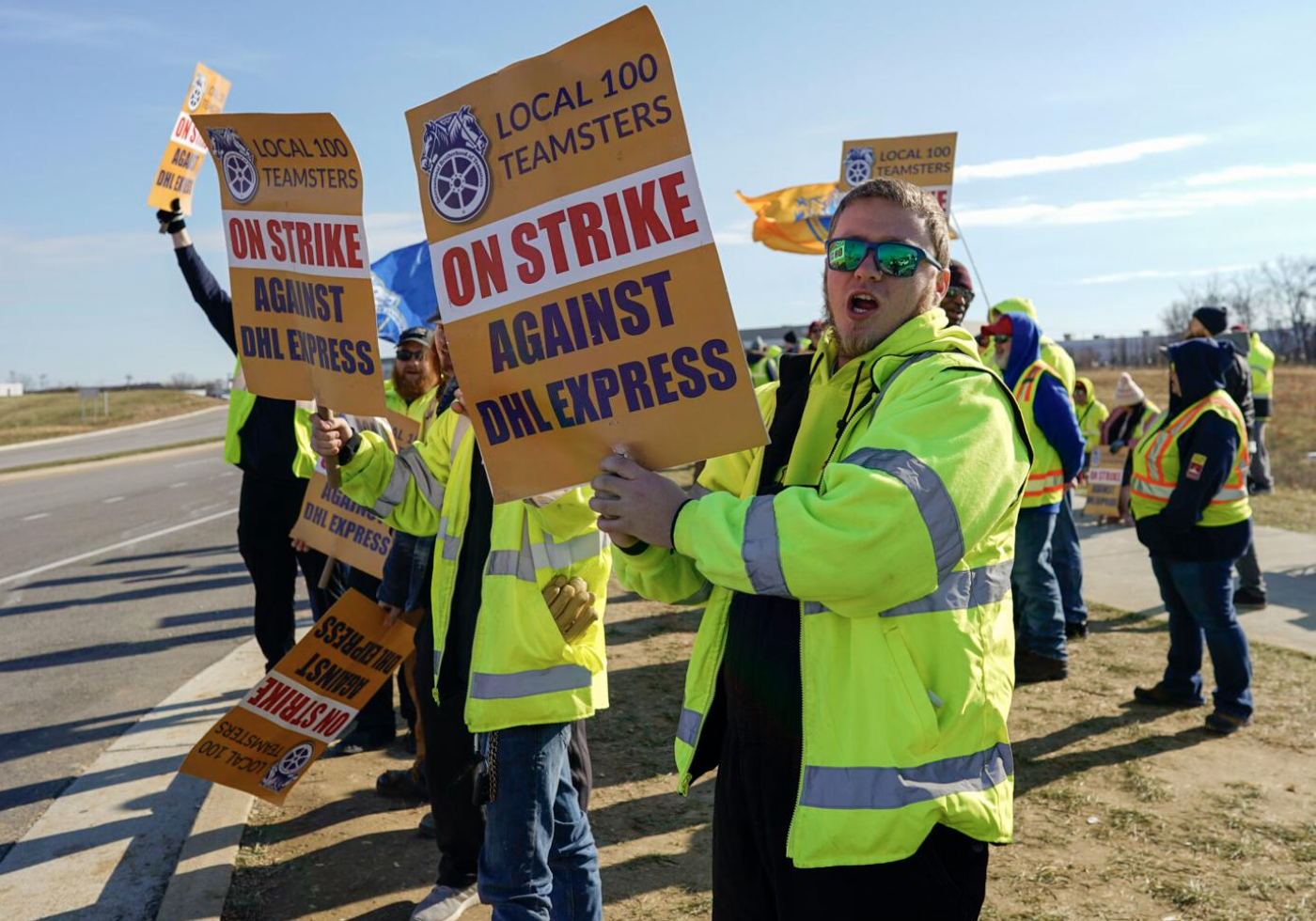Folks,
Greetings from Rio de Janeiro, where I am exhausted after travel and several weeks of reporting on Payday’s major feature “Over 8,000 Joined Entertainment Unions in 49 Campaigns During the Hollywood Strikes”.
Help Pay for Our 7 Month Study of Organizing during the Hollywood Strikes
Our in-depth investigation into the massive growth of organizing during the Hollywood strikes has received widespread praise with reporters from major outlets like the Washington Post and the New York Times tweeting it out.
Donate to help us pay the cost of preparing and editing the piece. Please, if you can, sign up as one of our 767 recurring donors today.
Atlanta Theater Workers & Nonfiction Workers Win Voluntary Recognition
Since going to press yesterday, two more groups of entertainment workers have unionized.
In Atlanta, 32 crew members employed by the Alliance Theater unionized with IATSE. In New York City, 25 nonfiction producers at McGee Media unionized with WGAE.
“We stand in solidarity with our fellow nonfiction creative professionals who have bravely organized their production companies – most recently Jigsaw, BSTV, and Story Syndicate,” said the WGAE in a statement. “Together, we understand that organizing is the most effective tool we have for transforming this complex industry”.
ICYMI, be sure to check out our multi-media longform “Over 8,000 Joined Entertainment Unions in 49 Campaigns During the Strike”
After 12 Day Strike, Kentucky DHL Workers Cut to Deal to Save Christmas
For nearly two weeks, more than a 1,000 DHL workers in Kentucky were out on strike for a new contract. Now, workers are celebrating a win at DHL, which will allow the company to continue shipping presents for Christmas.
“Picket lines established by Teamsters Local 100 were honored and held down all over this country, making clear to DHL and employers everywhere that Teamsters solidarity is a force to be reckoned with,” said Teamsters General President Sean M. O’Brien in a statement.
For more, check out the Cincinnati Enquirer.
Was US Steel Ever Good for Pittsburgh
Finally, back home in Pittsburgh this week, many are decrying U.S. Steel being sold to the Japanese company Nippon Steel. However, Chris Briem has a piece at Public Source asking if the company was ever truly good for the city. From Public Source:
Just a few years after U.S. Steel was created, the new conglomerate built its largest steel works in Gary Indiana, prompting questions about its future in Pittsburgh. By the end of World War II, it was almost heretical to question steel’s role in Southwestern Pennsylvania. But as postwar demand for steel increased, U.S. Steel looked east and built its most modern plant, the Fairless Works, outside of Philadelphia in the 1950s.
Nonetheless, Pittsburgh looked the part of the nation’s steel capital. For the last half-century, downtown Pittsburgh’s tallest building has been the steel-clad skyscraper originally built as U.S. Steel’s headquarters. Before rust became a symbol of decline, the entire building was intentionally transformed by the company’s patented weathering steel giving it an oxidized sheen visible to the horizon.
Yet a few years after the 64-story U.S. Steel Tower opened in 1971, the company placed full-page advertisements in local newspapers asking, “Did we make a mistake locating our headquarters in Pittsburgh?” The unambiguous threats stemmed from local efforts to regulate the nearly unabated pollution that remained endemic to carbon steel production. U.S. Steel may have wanted to move, but a century of sunk investment made any such move inconceivable at the time. Pollution from the plants remained, an artifact of the failure to make sufficient investments to keep many of the company’s legacy plants in Southwestern Pennsylvania competitive into the future.
By contrast, as Japan emerged from World War II it built a steel industry around modern basic oxygen blast furnaces, a technology US Steel eschewed until it was too late.
Go to Public Source to read the full piece.
Alright folks, that’s all for this year. We will be back next year. Keep sending tips, story ideas, and comments to melk@paydayreport.com
Donate to help us keep covering labor in news deserts. Please, if you can, sign up as one of our 767 recurring donors today.
Love & Solidarity,
Melk

